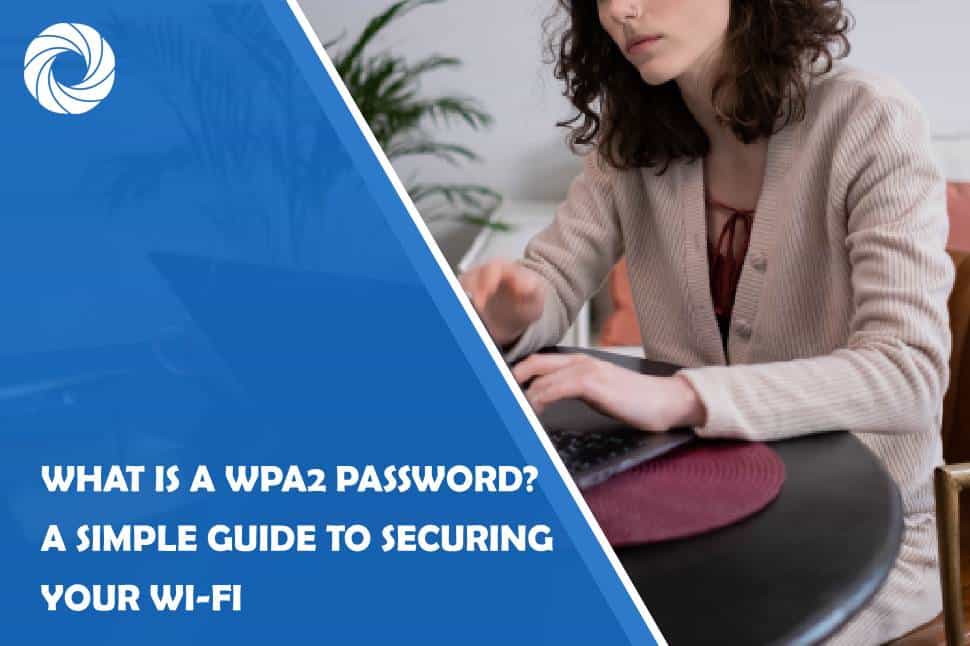In today’s hyper-connected world, securing your Wi-Fi network is essential. Whether you're setting up a new router or just wanting to improve the security of your home network, you've likely come across the term “WPA2 password.” But what exactly is a WPA2 password, and how does it protect your Wi-Fi? This guide will break down everything you need to know about WPA2 passwords and how they help secure your wireless network.


WPA2 stands for Wi-Fi Protected Access 2, a security protocol that encrypts data transmitted over wireless networks. Introduced in 2004, WPA2 replaced the earlier and less secure WEP (Wired Equivalent Privacy) and WPA (Wi-Fi Protected Access) protocols, making it the standard for securing modern Wi-Fi networks.
WPA2 provides robust encryption using the Advanced Encryption Standard (AES), which ensures that only authorized devices can access your Wi-Fi network. Without the correct WPA2 password, a device can't connect to the network, and any data exchanged is protected from unauthorized access.
What Is a WPA2 Password?
A WPA2 password is the key that allows devices to access your Wi-Fi network secured by WPA2 encryption. It’s often referred to as a Wi-Fi password or network key, and you need to enter it when connecting a new device to your wireless network. This password is stored on your router and is part of the WPA2 security protocol that encrypts the connection between your device and the router.
When you set up a new Wi-Fi router, it typically comes with a default WPA2 password, which is often printed on the back of the router or in the accompanying setup documentation. However, it’s strongly recommended to change this default password to something more secure and personal.
Why Is a WPA2 Password Important?
A WPA2 password protects your Wi-Fi network from unauthorized access. Without this password, anyone within range of your Wi-Fi signal could potentially connect to your network, leading to several security and privacy risks:
1. Unauthorized Use: If someone connects to your Wi-Fi without permission, they can use your internet bandwidth, leading to slower speeds for your own devices.
2. Data Theft: A more serious concern is data theft. Hackers could intercept sensitive information transmitted over an unsecured or weakly protected network, such as passwords, financial details, or personal data.
3. Network Attacks: An unsecured network is more vulnerable to attacks, where malicious users could infect your devices with malware or use your network as a launchpad for illegal activities.
By securing your network with WPA2 encryption and a strong password, you significantly reduce the chances of these threats occurring.
How to Set a Strong WPA2 Password
Choosing a strong WPA2 password is crucial to ensure your network’s security. Follow these tips to create a secure password:
1. Use a Mix of Characters: Combine uppercase and lowercase letters, numbers, and special characters. The more complex, the better.
2. Avoid Common Words: Don’t use easily guessable words like “password,” “admin,” or your name.
3. Longer is Stronger: Aim for at least 12 characters. The longer the password, the harder it is for hackers to crack.
4. Avoid Reuse: Don’t reuse passwords from other accounts. Each password should be unique to maximize security.
How to Find or Change Your WPA2 Password
To find or change your WPA2 password, log in to your router’s settings:
1. Open a web browser and enter your router's IP address (commonly 192.168.1.1 or 192.168.0.1).
2. Enter the router’s admin credentials (these are different from your Wi-Fi password).
3. Navigate to the wireless settings section, where you’ll find the WPA2 password.
If you change the WPA2 password, remember to update it on all devices connected to your network.
A WPA2 password is essential for securing your Wi-Fi network and protecting your personal data from unauthorized access. By setting a strong WPA2 password and regularly updating it, you can ensure that your home network remains safe, fast, and private.
